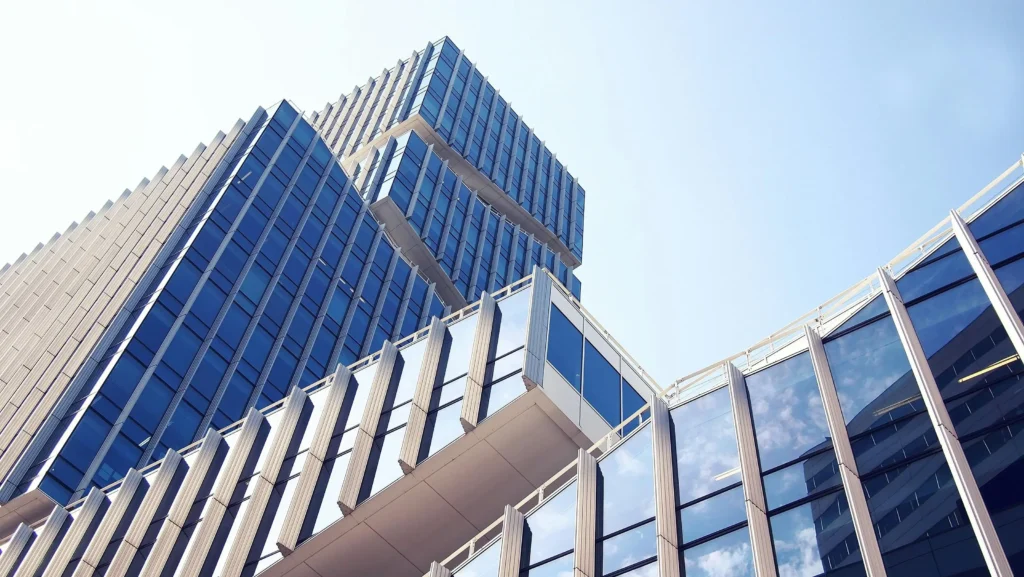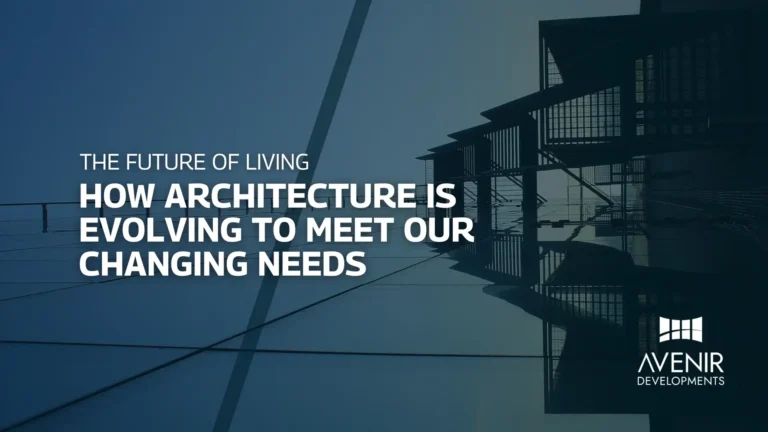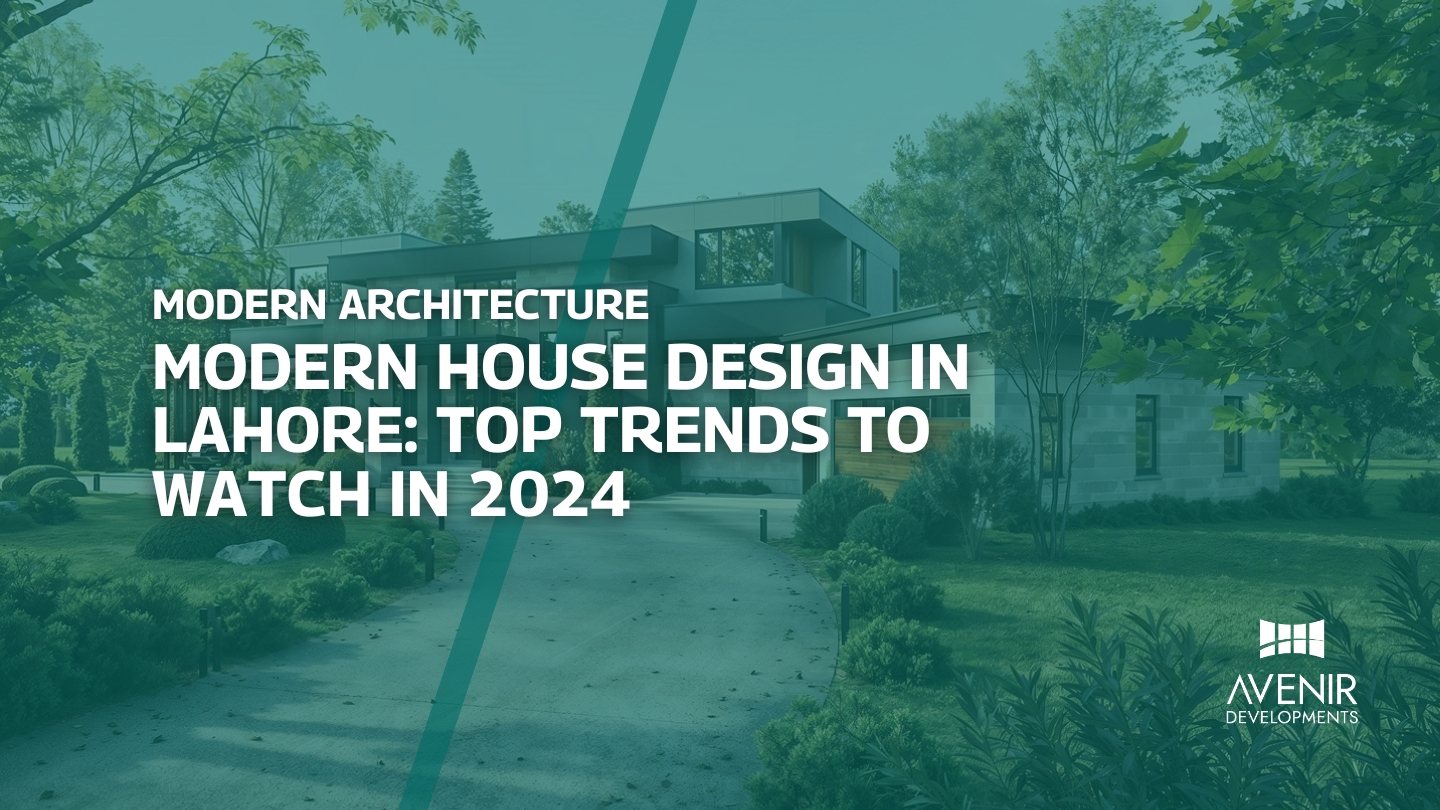As an experienced architect with over two decades in the industry, I’ve witnessed firsthand the remarkable transformation of architecture. From the grand, ornate structures of the past to the sleek, modern designs of today, architecture has always been a reflection of society’s values, needs, and aspirations.
In recent years, we’ve seen a particularly rapid evolution in architectural trends. This is driven by a confluence of factors, including advancements in technology, growing environmental concerns, and shifts in societal values.
The COVID-19 pandemic has also had a profound impact on the way we live and work, and this is reflected in the evolving trends in architecture. As we move forward, we can expect to see even more innovative and responsive designs that cater to our changing needs.

The Importance of Architecture
Architecture is more than just about aesthetics; it plays a vital role in shaping our lives. Our built environment influences everything from our physical and mental health to our productivity and social interactions.
A well-designed building can create a sense of belonging, foster community, and enhance our overall quality of life. Conversely, a poorly designed building can have negative consequences, such as contributing to stress, anxiety, and isolation.
Historical Context
To understand the current trends in architecture, it’s helpful to look back at its historical context. Architecture has evolved over centuries, reflecting the dominant styles and values of each era.
From the ancient Greeks and Romans to the Gothic and Renaissance periods, architecture has always been a reflection of its time. The Industrial Revolution brought about significant changes, with the rise of mass production and the use of new materials like steel and concrete.
In the 20th century, we saw the emergence of modernist and postmodernist styles, which challenged traditional architectural norms. Today, we are witnessing a new wave of innovation, as architects explore sustainable design, smart technology, and community-focused approaches.
Modern Architecture
Modern architecture is characterized by its emphasis on functionality, simplicity, and clean lines. It emerged in the early 20th century as a reaction to the ornate and decorative styles of the past.
Key features of modern architecture include:
- Open floor plans: To create a sense of spaciousness and flexibility
- Large windows: To maximize natural light and provide views of the surrounding environment
- Minimalist design: To emphasize functionality and avoid unnecessary ornamentation
- Use of new materials: Such as steel, concrete, and glass
Postmodern Architecture
Postmodernism emerged in the late 20th century as a response to the perceived sterility of modernism. It is characterized by its eclectic mix of styles, often incorporating elements from historical periods or other cultures.
Key features of postmodern architecture include:
- Playful and ironic design: Often featuring unexpected juxtapositions and visual puns
- Historical references: Incorporating elements from past architectural styles
- Deconstructivist elements: Challenging traditional notions of form and function
Contemporary Architecture
Contemporary architecture is a broad term that encompasses a wide range of styles and approaches. It is characterized by its focus on innovation, sustainability, and social responsibility.
Key trends in contemporary architecture include:
- Sustainable design: Incorporating eco-friendly materials, energy-efficient technologies, and green building practices
- Smart technology: Integrating technology into buildings to improve efficiency, comfort, and sustainability
- Community-focused design: Creating spaces that foster a sense of belonging and connection
- Adaptive reuse: Transforming existing buildings into new and innovative spaces
- Biophilic design: Incorporating elements of nature into buildings to enhance well-being
The Impact of Technology
Technology has played a major role in shaping the evolution of architecture. Advances in computer-aided design (CAD) and 3D printing have revolutionized the way architects design and construct buildings.
Smart technology is also becoming increasingly integrated into architecture, with buildings that can adapt to their surroundings and optimize energy consumption. This trend is expected to continue as technology advances.
Environmental Concerns
Environmental concerns have also had a significant impact on architecture. The growing threat of climate change has led to a renewed focus on sustainable design.
Architects are now exploring innovative ways to reduce the environmental impact of buildings, such as using renewable energy sources, incorporating green roofs, and minimizing waste.
Societal Changes
Societal changes have also influenced the evolution of architecture. As our lifestyles and values have changed, so too have our expectations for our living spaces.
We are increasingly seeking out homes and workplaces that are comfortable, functional, and sustainable. We also want our buildings to reflect our values and contribute to a better future.
Current Trends and Developments in Architecture
Sustainability and Eco-Friendliness
One of the most pressing issues facing the world today is climate change. As a result, there is a growing emphasis on sustainability in all aspects of our lives, including architecture.
Green Building Practices
Green building practices are becoming increasingly popular in Pakistan. These practices aim to reduce the environmental impact of buildings by incorporating sustainable materials, energy-efficient technologies, and healthy indoor environments.
Some of the key features of green buildings include:
- Energy efficiency: Using energy-efficient appliances, lighting, and HVAC systems
- Water conservation: Implementing water-saving measures such as rainwater harvesting and low-flow fixtures
- Sustainable materials: Using materials that are sourced responsibly and have a low environmental impact
- Indoor air quality: Ensuring good indoor air quality by improving ventilation and reducing pollutants
Government Initiatives
The Pakistani government has taken several steps to promote sustainable architecture. These initiatives include:
- Building codes: Implementing building codes that require new buildings to meet certain energy efficiency and sustainability standards
- Incentives: Providing financial incentives for developers to build green buildings
- Awareness campaigns: Raising awareness about the benefits of sustainable architecture
Challenges and Opportunities
While there has been significant progress in sustainable architecture in Pakistan, there are still challenges to overcome. These include:
- Cost: Green buildings can be more expensive to build than traditional buildings
- Lack of awareness: Many people are not aware of the benefits of sustainable architecture
- Limited access to sustainable materials: Sustainable materials may be difficult to source in some areas
Despite these challenges, there are also many opportunities for sustainable architecture in Pakistan. The country has abundant renewable energy resources, such as solar and wind power, which can be used to power buildings. Additionally, there is a growing market for sustainable products and services.
Smart Buildings
Smart buildings are another emerging trend in architecture. These buildings use technology to optimize energy consumption, improve comfort, and enhance security.
Key features of smart buildings include:
- Automated systems: For controlling lighting, temperature, and access
- Energy management: Using sensors to monitor energy consumption and optimize usage
- Security systems: Implementing advanced security features such as surveillance cameras and access control
Benefits of Smart Buildings
Smart buildings can offer several benefits, including:
- Reduced energy costs
- Improved comfort
- Enhanced security
- Increased productivity
Challenges and Opportunities
The main challenge with smart buildings is the initial cost of implementing the technology. However, the long-term savings in energy and maintenance costs can offset this initial investment.
As technology continues to advance, we can expect to see even more innovative and affordable smart building solutions.
Community-Focused Design
Community-focused design is another important trend in architecture. This approach emphasizes creating buildings that foster a sense of belonging and connection.
Key features of community-focused design include:
- Public spaces: Incorporating public spaces such as parks, plazas, and courtyards
- Mixed-use development: Combining residential, commercial, and cultural uses in a single development
- Accessibility: Ensuring that buildings are accessible to people with disabilities
- Affordability: Providing affordable housing options
Benefits of Community-Focused Design
Community-focused design can have many benefits, including:
- Increased social interaction
- Improved quality of life
- Enhanced economic vitality
- Reduced crime rates
Challenges and Opportunities
The main challenge with community-focused design is the need to balance the interests of different stakeholders. This can be difficult in densely populated areas.
However, there are also many opportunities for community-focused design in Pakistan. The country has a rich cultural heritage, which can be incorporated into building design to create a sense of place.
The future of architecture is bright. As we continue to face new challenges and opportunities, architects will need to be innovative and adaptable. By embracing sustainability, technology, and community-focused design, we can create buildings that are not only functional and beautiful but also contribute to a better future for all.
Frequently Asked Questions About Architectural Trends
Q: What are the most popular architectural styles in Pakistan today?
A: The most popular architectural styles in Pakistan today include modern, contemporary, and minimalist. These styles are characterized by their clean lines, open floor plans, and use of natural light. However, there is also a growing interest in traditional Pakistani architectural styles, such as Mughal and Indo-Saracenic.
Q: What are the key trends in sustainable architecture in Pakistan?
A: The key trends in sustainable architecture in Pakistan include:
- Green building certification: Obtaining certification from organizations such as LEED or Green Building Council Pakistan
- Renewable energy: Incorporating solar, wind, or other renewable energy sources
- Water conservation: Implementing water-saving measures such as rainwater harvesting and low-flow fixtures
- Sustainable materials: Using materials that are sourced responsibly and have a low environmental impact
- Indoor air quality: Ensuring good indoor air quality by improving ventilation and reducing pollutants
Q: What is the role of technology in modern architecture?
A: Technology plays a crucial role in modern architecture. It is used for design, construction, and operation. Some of the key technologies used in architecture include:
- Computer-aided design (CAD): For creating digital models of buildings
- Building information modeling (BIM): For managing the entire lifecycle of a building
- 3D printing: For constructing building components
- Smart technology: For controlling lighting, temperature, and other building systems
Q: What are the challenges facing architecture in Pakistan?
A: Some of the challenges facing architecture in Pakistan include:
- Economic constraints: Limited budgets can constrain architectural projects
- Regulatory hurdles: Complex regulations can delay projects
- Skill shortages: A lack of skilled professionals in certain areas of architecture
- Environmental challenges: Addressing issues such as climate change and pollution
Q: What is the future of architecture in Pakistan?
A: The future of architecture in Pakistan is bright. The country has a rich cultural heritage and a growing economy, which provides many opportunities for architects. As the population continues to grow and urbanize, there will be a need for more housing, infrastructure, and commercial spaces. This will create demand for innovative and sustainable architectural solutions.
Q: How can I find a good architect in Pakistan?
A: When looking for an architect in Pakistan, it is important to consider the following factors:
- Experience: Look for an architect with experience in the type of project you are planning
- Portfolio: Review the architect’s portfolio to see their previous work
- References: Ask for references from previous clients
- Professional associations: Check if the architect is a member of any professional associations, such as the Pakistan Institute of Architects
Q: What is the average cost of architectural services in Pakistan?
A: The cost of architectural services in Pakistan can vary depending on the size and complexity of the project, as well as the experience and reputation of the architect. However, you can expect to pay between 5% to 10% of the total project cost for architectural services.
Q: How long does it typically take to complete an architectural project in Pakistan?
A: The timeline for completing an architectural project in Pakistan can vary depending on the size and complexity of the project, as well as any unforeseen delays. However, you can expect a typical project to take anywhere from a few months to several years to complete.
Expert Tips and Advice for Architectural Trends
As an experienced architect, I have some valuable tips and advice to share:
1. Stay up-to-date on the latest trends. Architecture is constantly evolving, so it’s important to stay informed about the latest trends and developments. This can be done by reading industry publications, attending conferences, and networking with other professionals.
2. Consider the local context. When designing a building, it’s important to consider the local context, including the climate, culture, and history. This will help you create a building that is both functional and appropriate for its surroundings.
3. Focus on sustainability. Sustainability is becoming increasingly important in architecture. By incorporating sustainable materials, energy-efficient technologies, and green building practices, you can help to reduce the environmental impact of your projects.
4. Embrace technology. Technology can be a valuable tool for architects. By using CAD software, BIM, and other digital tools, you can improve the efficiency and accuracy of your design process.
5. Collaborate with other professionals. Architecture is a collaborative profession. By working with other professionals, such as engineers, landscape architects, and interior designers, you can create more comprehensive and integrated projects.
6. Prioritize user experience. When designing a building, it’s important to consider the needs and preferences of the users. By creating spaces that are comfortable, functional, and aesthetically pleasing, you can enhance the overall user experience.
7. Be creative and innovative. Architecture is a creative profession. Don’t be afraid to experiment with new ideas and push the boundaries of what is possible.
8. Network with other architects. Building relationships with other architects can be beneficial for your career. You can learn from each other, share ideas, and collaborate on projects.
9. Market yourself effectively. In today’s competitive market, it’s important to market yourself effectively. This includes creating a strong online presence and networking with potential clients.
10. Never stop learning. Architecture is a constantly evolving field. It’s important to continue learning and developing your skills throughout your career.
By following these tips, you can position yourself as a successful and innovative architect.
Remember, architecture is not just about creating buildings; it’s about creating spaces that enhance our lives.
Conclusion
In conclusion, the future of architecture is bright. As we continue to face new challenges and opportunities, architects will need to be innovative and adaptable. By embracing sustainability, technology, and community-focused design, we can create buildings that are not only functional and beautiful but also contribute to a better future for all.
Key Takeaways:
- Architecture is constantly evolving to meet our changing needs.
- Sustainability, technology, and community-focused design are key trends in contemporary architecture.
- The future of architecture is bright, with many opportunities for innovation and growth.
- By following the tips and advice provided in this article, architects can position themselves for success in the years to come.
Call to Action:
If you are looking for an experienced and innovative architect to help you with your next project, please contact Avenir Developments. We specialize in residential and commercial architecture, interior design, and custom home building.
Contact Us:
WhatsApp or Call: +923001101103
Website: https://avenirdevelopments.com/
Let us help you create the future you envision.






